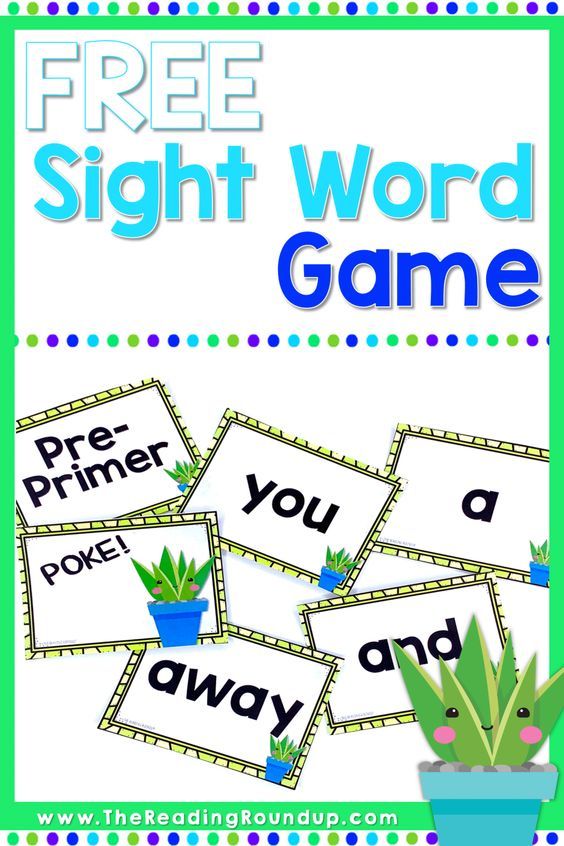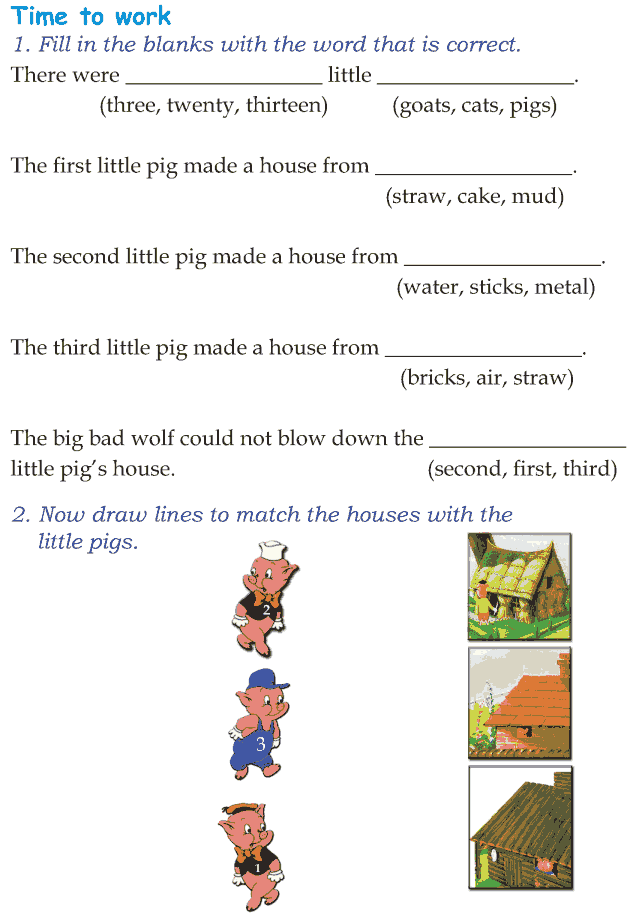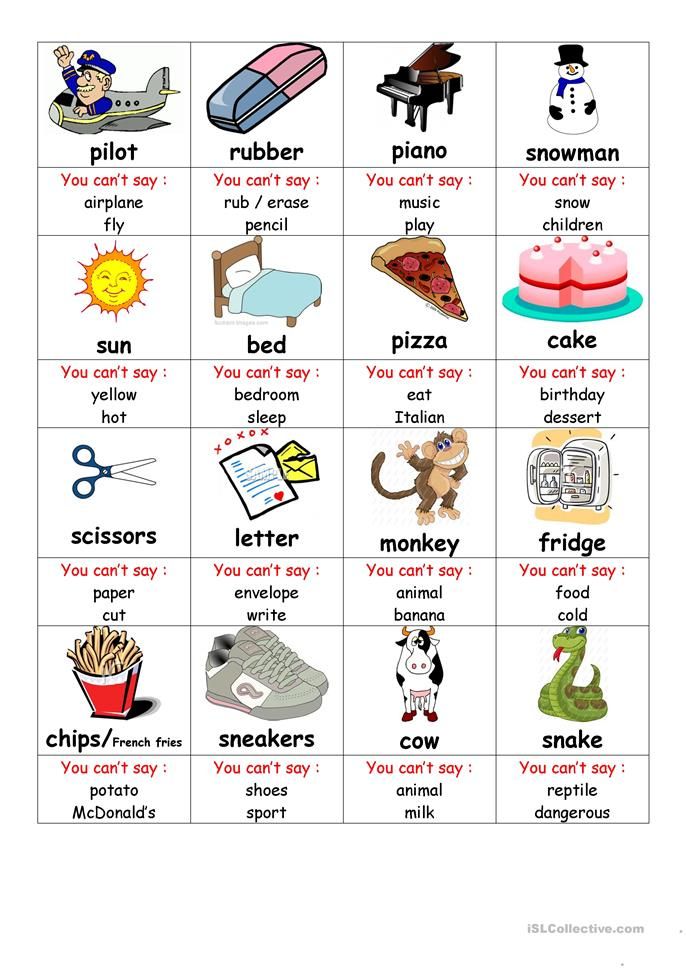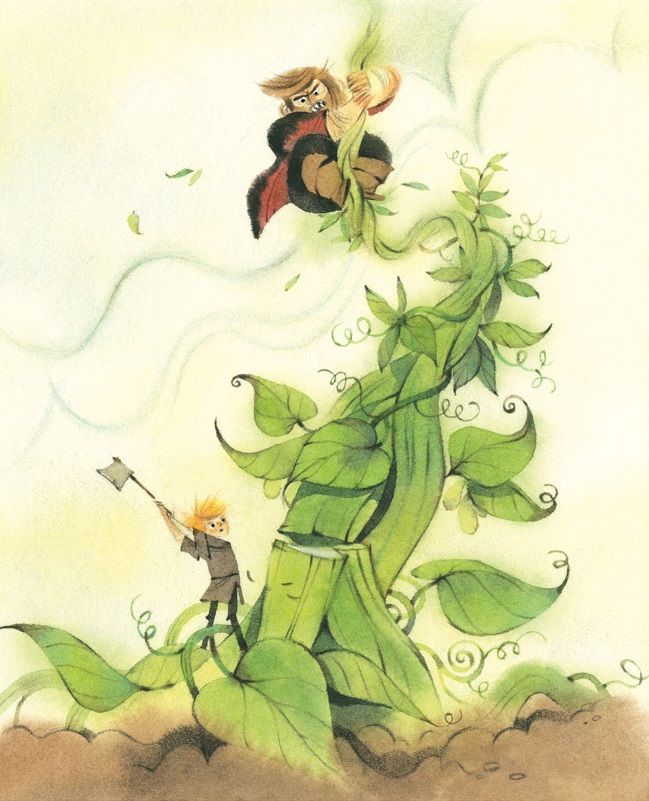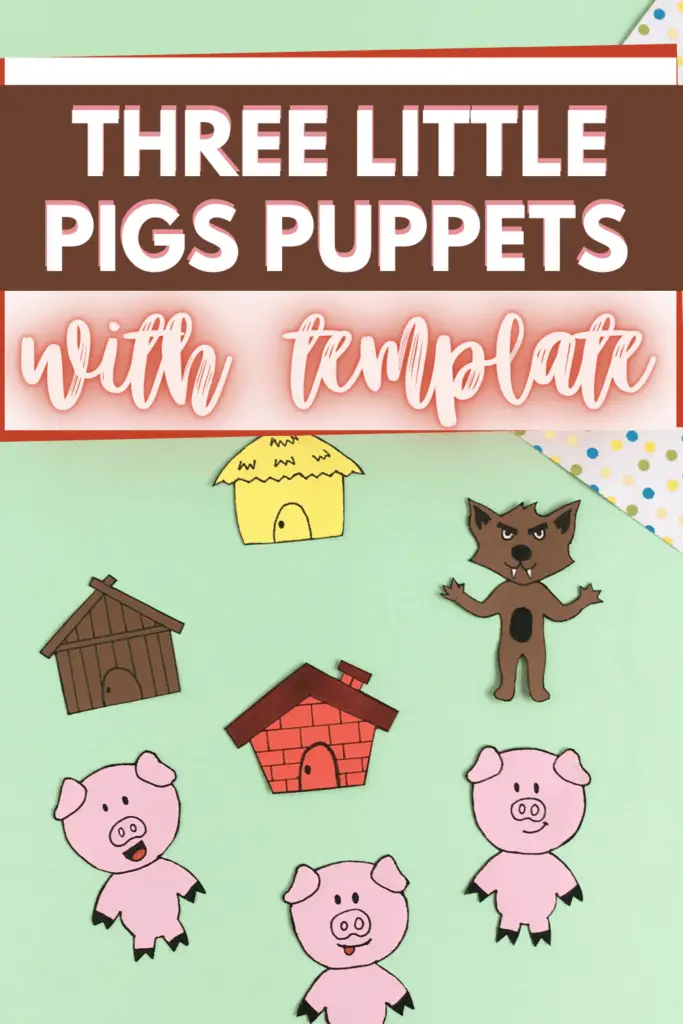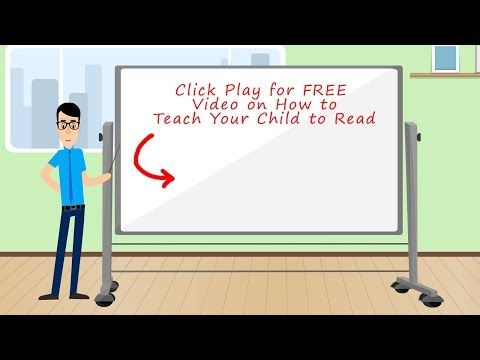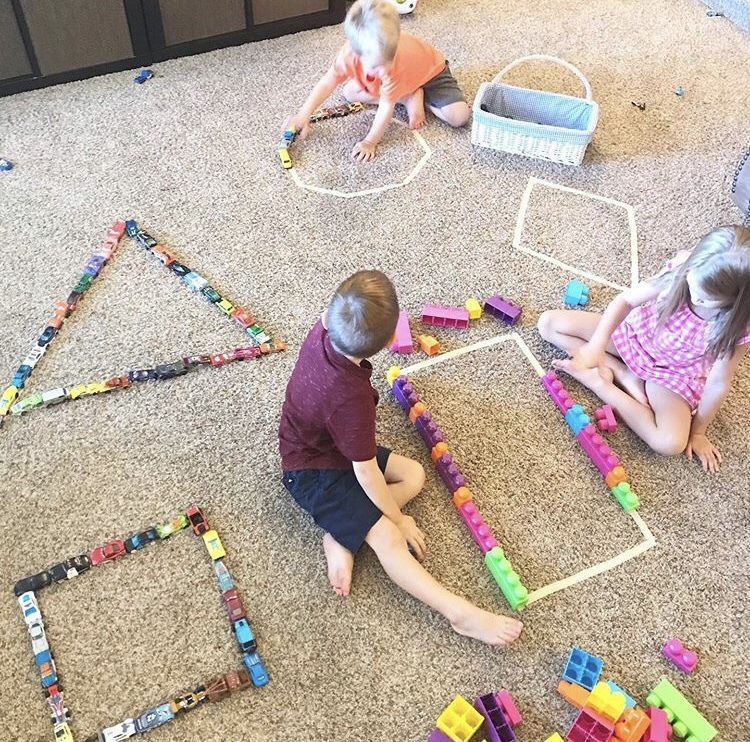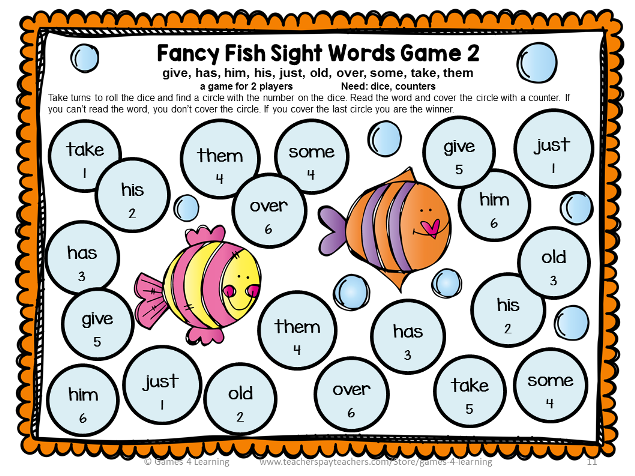When do kids start forming sentences
Language development in children 2-3 years
Vocabulary and language development in children at 2-3 years
At this age, your child’s vocabulary expands quickly – they might even learn new words each day. In general, your child understands more words than they can use.
Your child will use a lot of nouns – for example, ‘baby’, ‘friend’ or ‘car’. You’ll hear other word types too, including:
- verbs – for example, ‘play’, ‘go’
- adjectives – for example, ‘wet’, ‘sore’
- pronouns – for example, ‘I’, ‘you’
- location words – for example, ‘in’, ‘on’.
Your child will start using words like ‘more’ and ‘most’, as well as words that make questions, like ‘who’, ‘what’ and ‘where’.
And your child will start to say ‘me’, ‘mine’ and ‘you’. By three years, you child will understand the difference between ‘mine’ and ‘yours’.
Sentences and grammar in language development
As part of language development, your child will begin to use two-word sentences at around two years. By age three, they’ll be able to use sentences with three or more words – for example, ‘Mummy get in car’ or ‘Me go too’.
You’ll start to hear grammar and more structured sentences. For example, instead of ‘I go’, your child might say ‘I’m going’. You’ll also hear your child use the past tense – for example, ‘walked’, ‘jumped’. And they’ll start using plurals like ‘cats’ or ‘horses’.
Your child might not always get it right when they use plurals and past tense. For example, your child might say ‘foots’ for ‘feet’, or ‘goed’ instead of ‘went’.
Understanding and language development
Language development includes your child understanding more of what’s said to them and how it’s said. Your child will understand a lot more than they can say.
Your child will understand one-step and two-step instructions, as long as they’re about things they already know – for example, ‘Pick up your toys and put them in the box’. They might still find it hard to follow instructions about unfamiliar objects or tasks.
Your child will begin to answer questions from adults about ‘who’, ‘what’ and ‘where’, but they might not yet understand how to answer ‘why’ and ‘how’ questions.
Your child can tell from the tone of your voice if you’re happy, affectionate or angry.
Pronunciation in language development
By three, your child will use most of the speech sounds in their words, but they might still pronounce words differently from adults. For example, even though your child can say the sounds ‘b’ and ‘l’, they might have trouble combining them together in ‘blue’. Some difficult sounds, like ‘z’, ‘sh’, ‘f’, ‘v’, ‘r’, and ‘th’, might still be hard for your child to say.
When your child is two years old, unfamiliar people can usually understand about half of what your child says. By the time your child is three years old, unfamiliar people can usually understand about three-quarters of what they’re saying.
Developing conversation skills
Your child will start to get the hang of speaking in turn, and might be able to have a short conversation with you.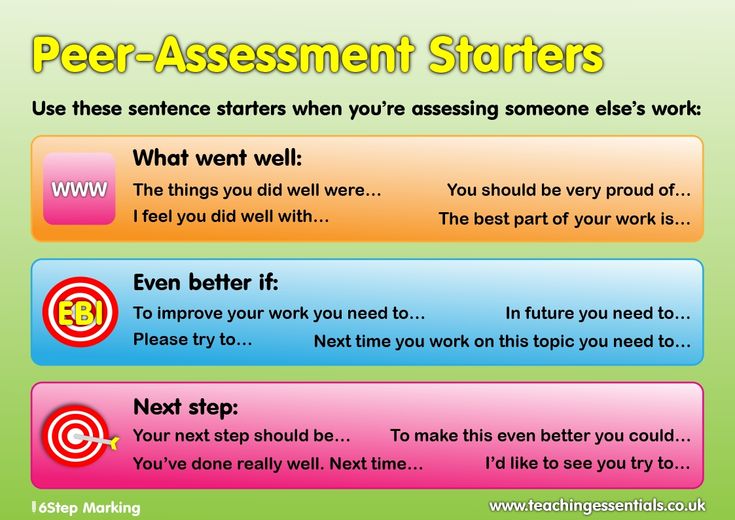
Your child will talk about things that have happened during the day. With your help, they might be able to put together a simple story – for example, your toddler might say ‘I go shop’. You might respond, ‘And what did you do at the shop?’ They’ll reply ‘Buy bread’. By age three, they might be able to tell a simple ‘made-up’ story based on experiences they’ve had, but they’ll probably leave out a lot of detail.
Your child will talk about people and objects not present – for example, ‘Grandma at the shops’, ‘My ball in tree’.
And your child will start talking the same way you or other close adults talk. You might even hear your child say certain things the way you do.
At this age, your toddler might cry less than they used to when they can’t do something or feel frustrated. That’s because your child can use their words to explain the problem and ask for help.
Play and language development
Your child will be able to play and talk by age three. For example, they might give voices to the toys they’re playing with. They’ll also begin to play in groups with other children, sharing toys and taking turns.
They’ll also begin to play in groups with other children, sharing toys and taking turns.
You might hear your child playing with language through rhyming, singing and listening to stories. They’ll also talk to themselves and might use a very loud or soft voice when speaking.
Growing up in a bilingual or multilingual family doesn’t affect how early or quickly children learn to use language. Sometimes multilingual or bilingual children mix their languages for a while, but this stops once they understand that they’re using more than one language.
When to get help for language development
If you notice any of the following signs in your child, or you’re worried about your child’s language development, it’s a very good idea to see your child and family health nurse, GP or paediatrician.
Your child:
- isn’t using words to communicate
- is often hard to understand when they’re talking to you, family or friends
- has stopped using a language skill they once had.

Your health professional might refer you to a speech pathologist.
Children learn new skills over time and at different ages. Most children develop skills in the same order, and each new skill they learn builds on the last. Small differences in when children develop skills are usually nothing to worry about.
When do babies start talking? First words, sentences, and more
Babies typically say their first words between 7–12 months of age. But all babies develop at different speeds. Many start talking later than average, and this is rarely a cause for concern.
Below, we explore when babies start talking, how they learn a language, and what could cause delays.
Babies reach language milestones at different rates, and this is completely normal.
On average, they say their first words between 7–12 months of age and are constructing coherent sentences by 2–3 years of age.
Language develops alongside other skills, such as those relating to movement.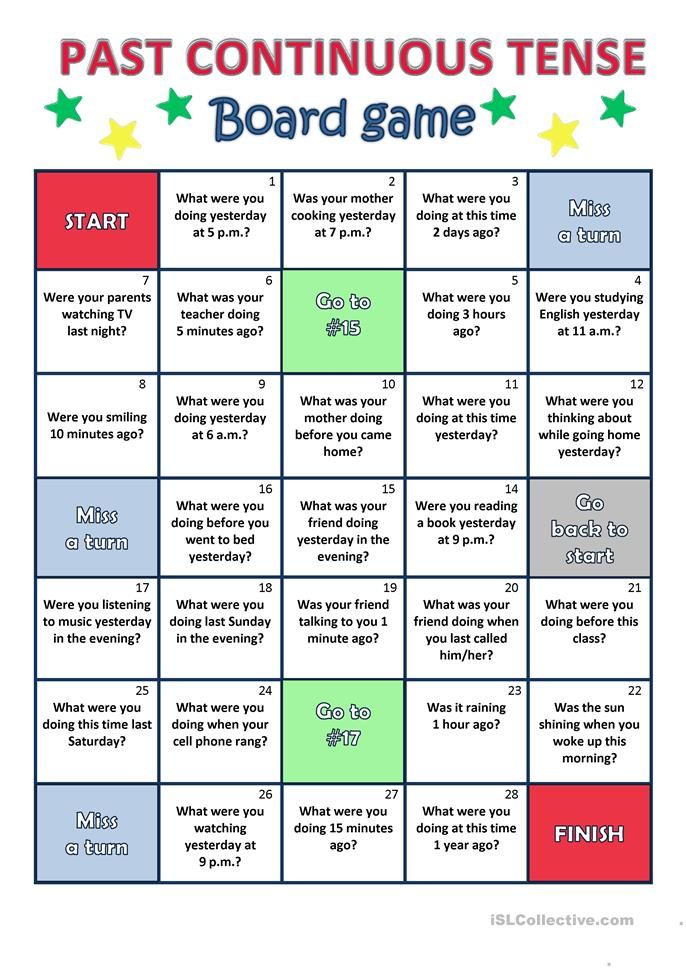 As a result, many babies say their first words close to when they start walking — at about 12 months.
As a result, many babies say their first words close to when they start walking — at about 12 months.
Learning a verbal language is a complex process. It helps a baby express their needs and can provide crucial insight about the rest of the world.
The National Institutes of Health (NIH) offer the following approximate timeline of language development:
- 0–3 months: Babies recognize parental voices and make sounds that express their feelings.
- 4–6 months: They respond to changes in tone, follow sounds with their eyes, and babble.
- 7 months to 1 year: They understand basic words, respond to simple requests, and use their hands to communicate. Toward the end of this period, they may use a few words.
- 1–2 years: Babies understand basic questions, follow stories, and regularly pick up new words. They may also start to put words together to ask questions or express needs.
- 2–3 years: Toddlers start to string phrases together and speak coherently.
 They can usually refer to most things around them.
They can usually refer to most things around them. - 3–4 years: They can describe activities, use more complex sentences, and speak more fluently.
- 4–5 years: They use detailed sentences, tell stories, and can communicate easily with others.
A person can help encourage the development of language. If a baby is reaching these milestones more slowly, they may benefit from additional support from parents and other caregivers or a speech professional.
The American Speech-Language-Hearing Association recommend the following ways to help babies and toddlers at different stages:
Birth to 2 years
To help with the development of language skills:
- Respond when the baby laughs and makes faces or sounds.
- Use sounds like “ma” and “da.”
- Speak to them.
- Narrate the world around them, such as by counting or describing the colors of objects.
- Read to the baby.
- Use gestures, such as pointing.
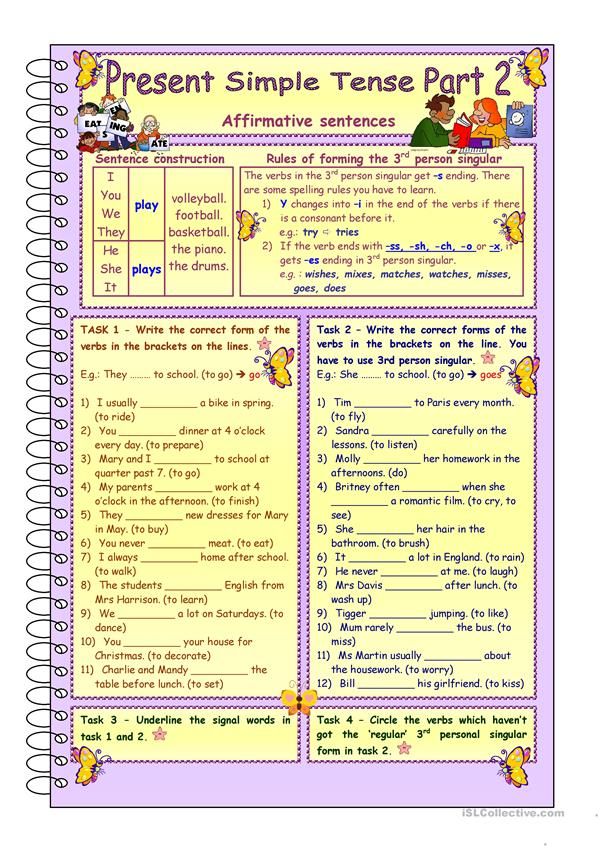
2–4 years
A person should:
- Speak clearly, with good grammar, to the toddler.
- Repeat what they say back to them.
- Extend their words into sentences.
- Help them ask questions.
- Ask them to choose from a few options, such as by asking what they would like for dinner.
- Sing songs and nursery rhymes.
- Present pictures or objects and ask questions about them.
4–6 years
With a child in this age range, a person should:
- Praise their speech.
- Work on locations, such as by asking them to “Pick up the toy in the middle.”
- Describe objects and ask the child to identify them.
- Describe categories, such as barnyard animals, and ask the child for examples.
- Ask them to give directions or describe where something is.
- Take them along on daily activities and discuss these.
- Also, discuss the stages or stories of a game, book, or TV show.
A variety of factors can influence the development of language. In many cases, exercising patience and taking additional steps to support speech development is all that is needed.
In many cases, exercising patience and taking additional steps to support speech development is all that is needed.
In some children, delays in language indicate speech disorders. However, these are relatively uncommon.
In the United States, around 5% of children and teens aged 3–17 years have had a speech disorder lasting at least 1 week in the past 12 months. In the same time frame, 3% of kids in this age range have had a language disorder lasting at least a week.
Meanwhile, having a hearing disorder may affect the development of language. In the U.S., 2–3 in every 1,000 children experience hearing problems from birth.
Some signs of a speech, language, or hearing disorder in babies and young children include:
- 0–3 months: The baby may not smile or interact.
- 4–7 months: They may not babble.
- 7–12 months: They rarely make sounds and use no gestures.
- 7 months to 2 years: A baby or toddler may say few words and have trouble understanding others.

- 2–3 years: They may say fewer than 50 words and rarely communicate or play with other children.
- 2.5–3 years: They may have difficulty with the beginning stages of reading and writing.
All babies develop differently — some pick up language right away, while others do not. Some babies start speaking early but take longer than expected to use coherent sentences.
In most cases, delays in language development do not indicate a disorder. But some babies and young children need additional support and activities that encourage speech.
Less often, a speech, language, or hearing disorder is involved, and the signs may be present from an early age. It is important to bring these up with a healthcare professional.
It is also important to attend all recommended pediatrician appointments, and the doctor should discuss the child’s development at each. Use the opportunity to ask questions and raise any concerns.
Health experts offer rough timelines about when babies, on average, reach milestones such as using their first words.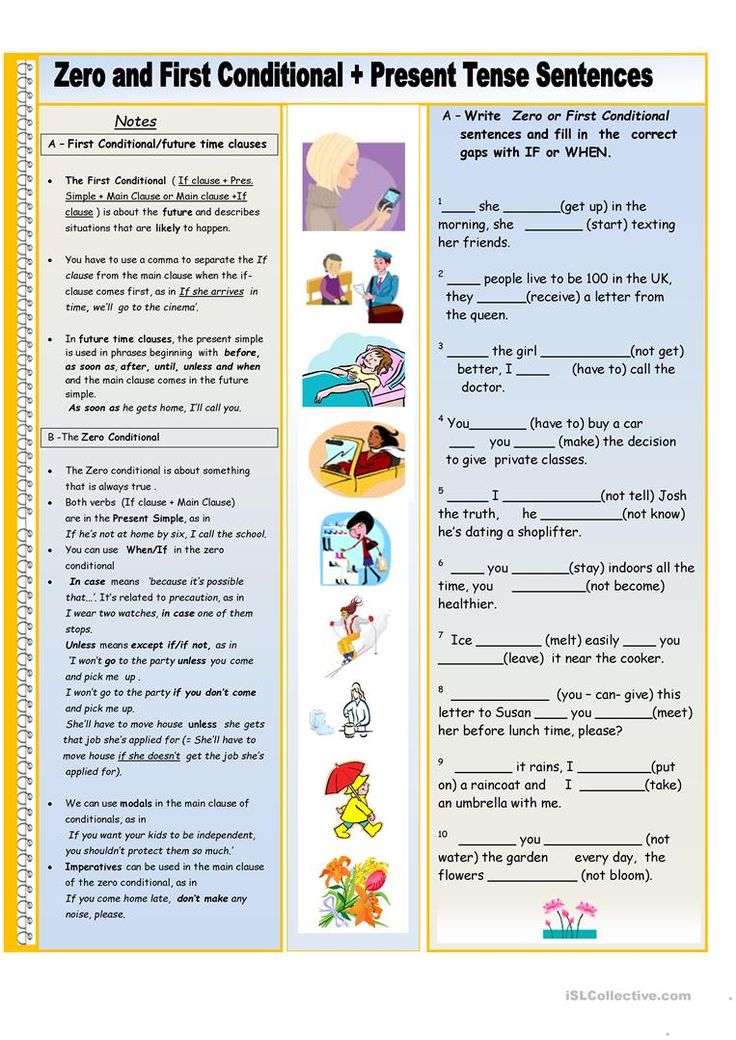 However, all babies develop language at different rates.
However, all babies develop language at different rates.
Relatively rarely, a disorder is responsible for delayed language development. If a child shows any signs of a speech, language, or hearing disorder, contact a healthcare provider.
At what age should a child speak?
Reviewer Kravtsova Elena Mikhailovna November 23, 2021
74283 views
Speech is one of the important skills of a child, and its formation begins long before the baby speaks on his own. The baby perceives the speech of the parents and the adults around him, imitates it and subsequently relies on the acquired experience. When should a child start talking and how to help him?
Standards for the development of speech in children
The development of speech occurs gradually. Each child is individual, so it can either be ahead of the age norms or a little behind. It is believed that girls start talking earlier than boys, and parents of boys do not always understand whether to worry or just wait. The reason is in physiological features: the maturation of some brain structures of girls is faster. Because of this, they improve their vocabulary at an early age. But not only the number of words, but also other signs are important for assessing the speech development of the child. They are universal for both boys and girls.
Each child is individual, so it can either be ahead of the age norms or a little behind. It is believed that girls start talking earlier than boys, and parents of boys do not always understand whether to worry or just wait. The reason is in physiological features: the maturation of some brain structures of girls is faster. Because of this, they improve their vocabulary at an early age. But not only the number of words, but also other signs are important for assessing the speech development of the child. They are universal for both boys and girls.
The speed and quality of speech development in children are individual, and the normative boundaries are conditional. To understand that everything is in order with the baby, the pediatrician will help. For a preliminary assessment of the development of speech, one can focus on the norms described by the Soviet psychologist Lev Semyonovich Vygotsky [1] .
Up to year
In the first months of life, the baby listens to his parents and the adults around him. He distinguishes the voices of people who are talking to him, turns his head towards the sound. First, the child masters vowel sounds, then by the age of three or four months, consonant sounds appear, and the baby begins to walk.
He distinguishes the voices of people who are talking to him, turns his head towards the sound. First, the child masters vowel sounds, then by the age of three or four months, consonant sounds appear, and the baby begins to walk.
At the age of 6-12 months, the child imitates the sounds of adult speech more actively. Babble appears - the baby pronounces the same syllables, for example, “ma-ma-ma”, “pa-pa-pa”, “dya-dya-dya”. At about ten months, babies get used to responding to their name. By the age of a child, the first short meaningful words appear (“on”, “give”, “mother”). Vocabulary ranges from 3 to 20 words. In addition, a baby of this age responds correctly to requests to show or give something (performs or shakes his head negatively).
One to two years
In a year, the baby repeats words that he often hears, adjectives appear in speech. The child uses sounds and gestures to attract attention, skips or replaces complex combinations of sounds, adapting speech for himself, for example: “bad - groin”. The kid moves more, begins to move independently and accumulates knowledge about the world around him. Vocabulary is actively replenished: up to one and a half years the child uses 30-40 words, closer to two years - 300-400. In girls, by the age of one and a half, in boys, by the age of two, phrasal speech begins to form. It arises and is primarily used for questions and the expression of simple needs ("Give me a drink").
The kid moves more, begins to move independently and accumulates knowledge about the world around him. Vocabulary is actively replenished: up to one and a half years the child uses 30-40 words, closer to two years - 300-400. In girls, by the age of one and a half, in boys, by the age of two, phrasal speech begins to form. It arises and is primarily used for questions and the expression of simple needs ("Give me a drink").
Two to three years
At this age, the ability to speak in sentences of 2-3 words is actively developing. The child begins to use pronouns and prepositions. His speech becomes more understandable to adults, he can fulfill their two-part requests, for example: "Take your toy and give it to me." Vocabulary is replenished by 100 words per month. At two or two and a half years, the baby asks questions: “Why?”, “Where?” etc.
Three years
At three years old, a child actively communicates with adults and peers using simple sentences. He can explain his desires in words. The kid begins to use unions and uses almost all the main parts of speech, including generalized names (“animals”, “things”, etc.). At the same time, the child may still make sounds indistinctly. The kid likes to listen to familiar fairy tales and poems. He remembers the text well and reproduces it. Vocabulary is replenished every day [2] .
He can explain his desires in words. The kid begins to use unions and uses almost all the main parts of speech, including generalized names (“animals”, “things”, etc.). At the same time, the child may still make sounds indistinctly. The kid likes to listen to familiar fairy tales and poems. He remembers the text well and reproduces it. Vocabulary is replenished every day [2] .
How to help a child speak
When children begin to speak the first words, they themselves really like it. The main way to help your child talk is to communicate with him as often as possible. In infancy, the baby understands speech on an emotional level, so you need to speak with him expressively. All activities associated with it - bathing, massage, feeding, etc. - accompany with emotionally charged words. Call the baby by name, pronounce the names of things, talk about what the child himself does and how well he does it, and also pick up and repeat all the sounds that he makes.
As they grow older, it is better to use short and clear sentences so that the child can observe the movement of the lips and apply knowledge in his speech. You need to maintain a conversation with the baby, ask him questions and try to have a long conversation.
Read books and sing songs. You can read a book to your child and show the characters in the pictures. They will attract his attention, and auditory perception will help memorize new words. Joint learning of new songs and short rhymes develops the speech apparatus, and also strengthens the bond with the baby.
Develop fine motor skills. Fine motor skills - this is the performance of small movements with hands, fingers and toes, for example: sorting through cereals, playing with beads and buttons. The centers of the brain responsible for motor skills and speech are located next to each other, so when motor skills are stimulated, speech develops faster.
Develop vocabulary. You can show and name the surrounding objects to the child: at home, in the park, at a party. The meaning of objects should be explained in simple terms. So the child will expand knowledge about the world around him, learn new words and will learn to speak faster.
You can show and name the surrounding objects to the child: at home, in the park, at a party. The meaning of objects should be explained in simple terms. So the child will expand knowledge about the world around him, learn new words and will learn to speak faster.
Abandon body language and mangling words. It is better for adults to refuse to distort words, because the child learns to speak on the basis of the speech that he hears around. If the baby replaces words with gestures, you can pretend that they are incomprehensible. This will encourage him to speak. You should not bring the child to crying or hysteria. It is worth acting gently - asking leading questions, pronouncing words one after another.
Games for the development of the articulatory apparatus
Musical games help the child to develop speech breathing and provide an opportunity to develop a long pronunciation of vowels and a clear pronunciation of consonants. The following activities may help:
The following activities may help:
- songs with repetition of syllables, for example: “Pee-pee-pee-food! And only then - wake up-pi-nutrition ”;
- toys that reproduce the sounds of animals - they should be repeated together;
- musical instruments in the game: you need to ask the child to say the name of the instrument and repeat the sounds it makes.
Finger games are the image of any rhymes or stories with the help of fingers. Such activities help to quickly engage the speech center. In finger games, various hand movements are used - raising and lowering the palms, clapping, as well as bending and unbending the fingers. Familiar to everyone since childhood, “Ladushki, patty” and “Geese flew” are perfect for such exercises. More examples of finger games in the article.
Articulatory gymnastics is aimed at developing the mobility of the speech organs. It includes exercises for the tongue, cheeks, lips and facial expressions.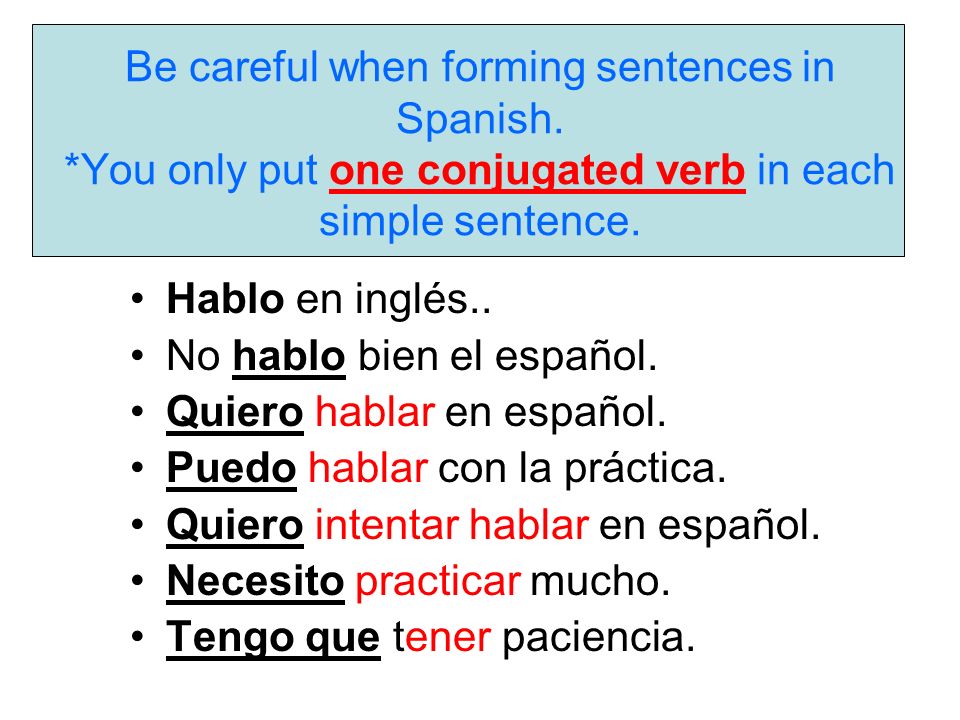 Suitable for the following classes:
Suitable for the following classes:
- Grimaces: standing together in front of a mirror, smile broadly, show tongue, puff out cheeks.
- Simple games for breathing: blow off the candy wrapper from the palm of your hand, blow soap bubbles, blow on a dandelion.
- Games with the tongue: hide and show the tongue, make circular movements with the tongue like a clock hand, try to reach the tip of the nose with the tongue.
When to see a doctor
The development of speech in each child occurs individually, and it does not matter at what age or at how many months mom or dad started talking. In order to timely detect the backlog, you need to regularly undergo scheduled examinations with a pediatrician.
If during the next appointment the doctor reveals signs of a speech disorder, you should contact a neurologist and a speech therapist. Specialists will draw up a correction plan. It is important that parents actively participate in the treatment process and provide support to the child - the effect of the classes will depend on this.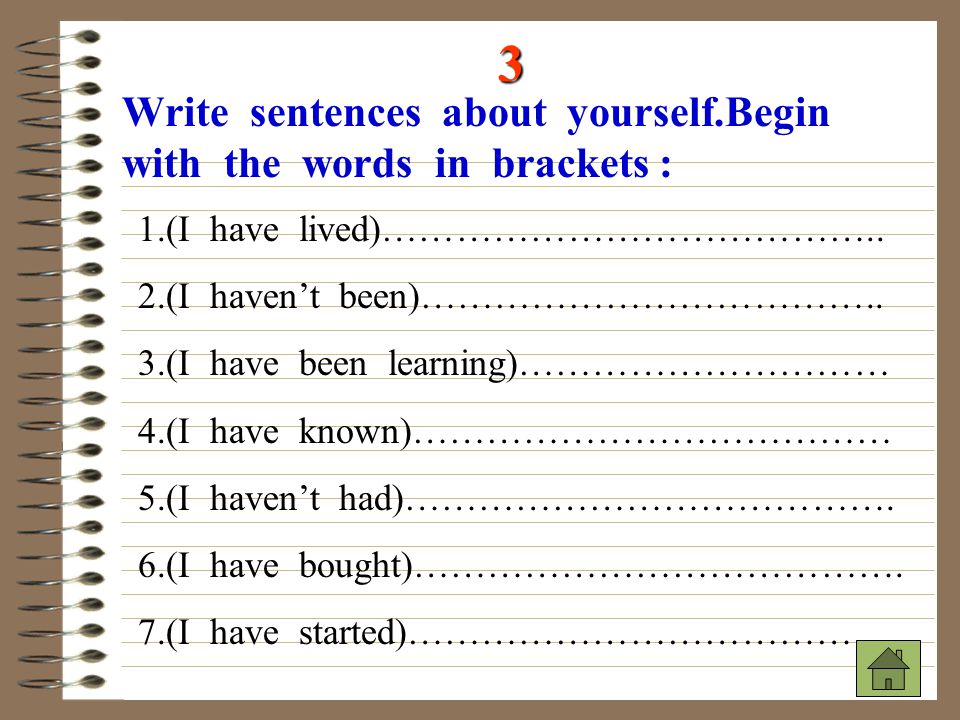
Advice to parents
List of sources
1. Vygotsky L. S., Psychology of child development, M: Publishing House of Meaning, Publishing House of Eksmo, 2004. - 512 p. (Series "Library of World Psychology")
2. Stages of development of the child's speech and the reason for contacting a specialist L. G. Sokolova, FMBA of Russia
Reviewer Kravtsova Elena Mikhailovna
Psychologist, child and adolescent
All expert articles
Articles about child nutrition, development and health
- All articles
- Food
- Health
- Development
- A family
Child's age
Login or register to save articles and products to your favorites
Development
9081 views
Teaching your baby to wash their hands
Login or register to save articles and products to your favorites
Development
464 views
How to wean a child from sucking a pacifier
Do children need probiotics Rules for the introduction of complementary foods.


